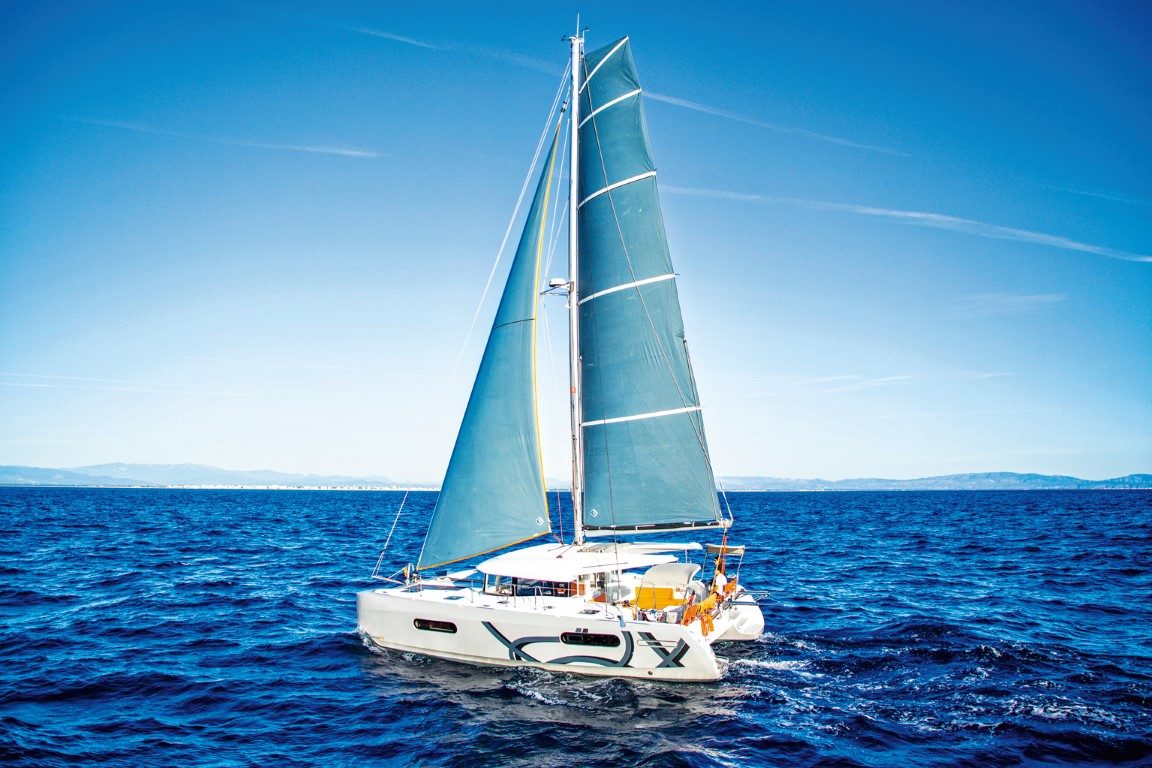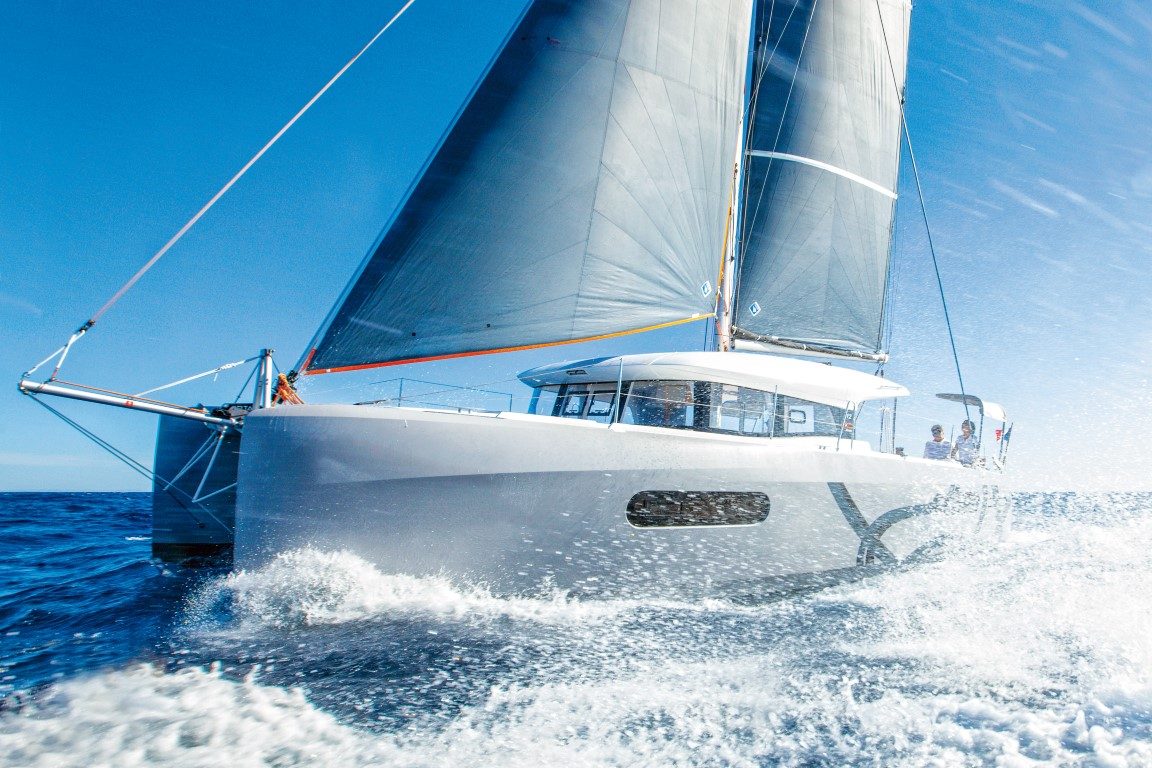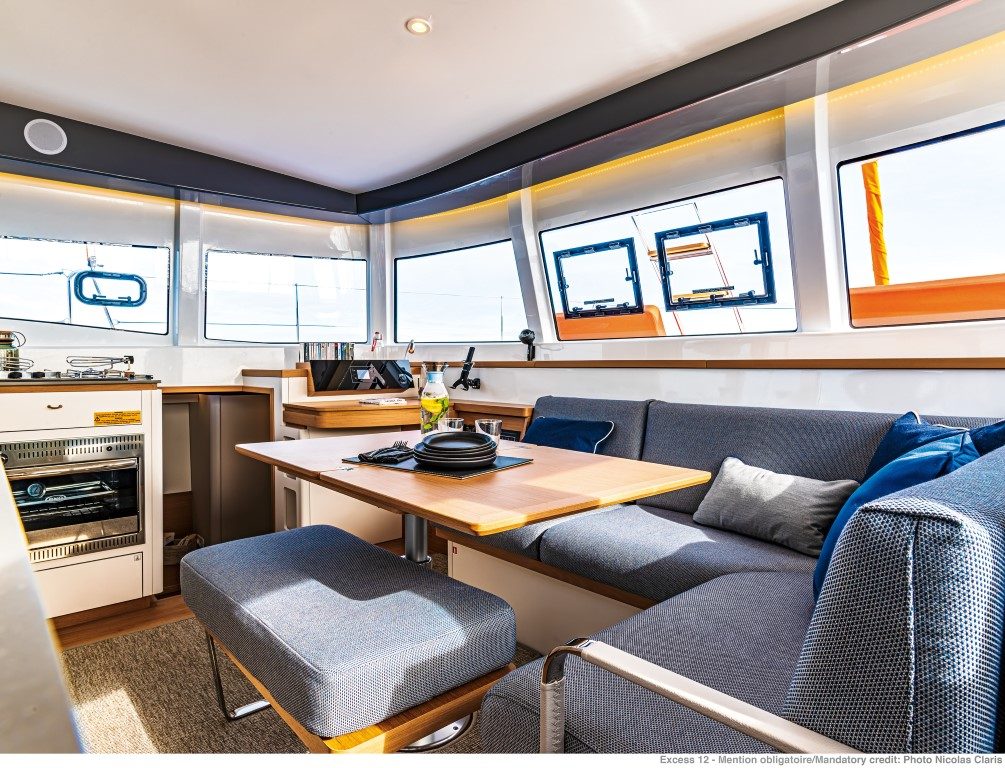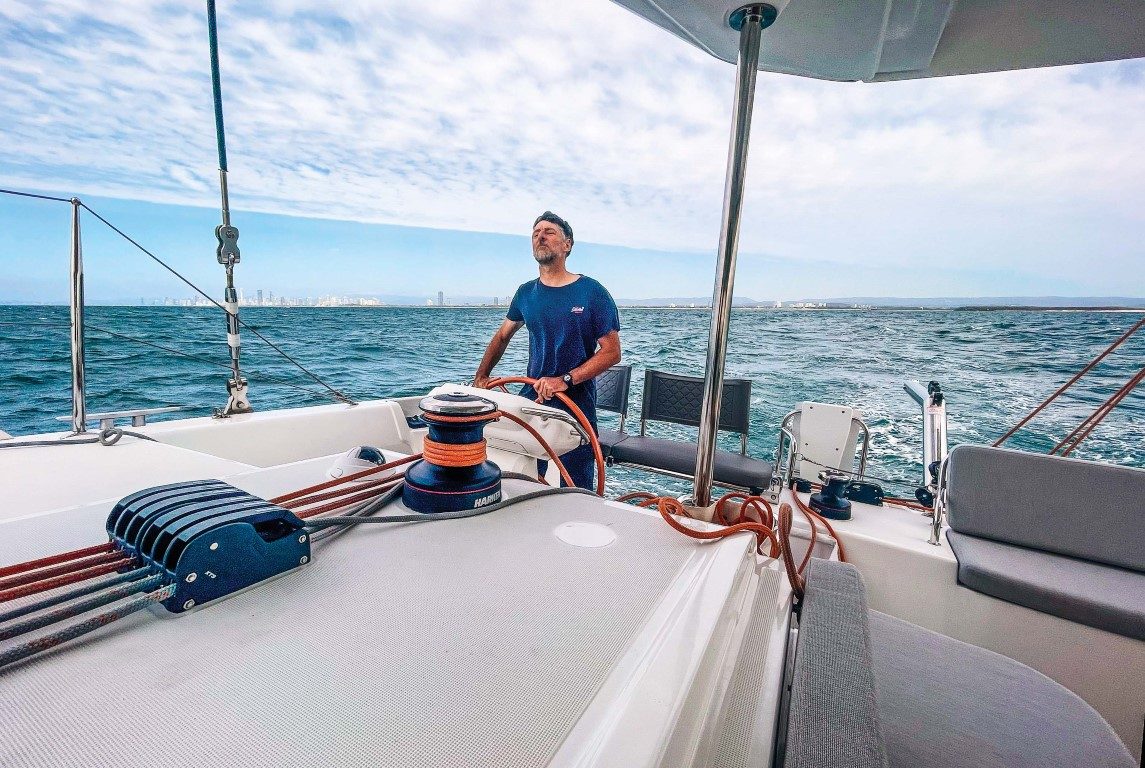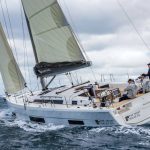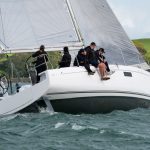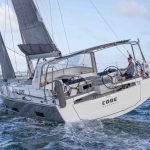‘Behemoth’ is a word which springs to mind or, perhaps more nautically, ‘leviathan’.
- Lively handling and direct controls makes sailing fun
- Simple sail plan with the option of a bowsprit and Code Zero for better performance in the light
- Modest size but generous interior dimension and versatile layout options


